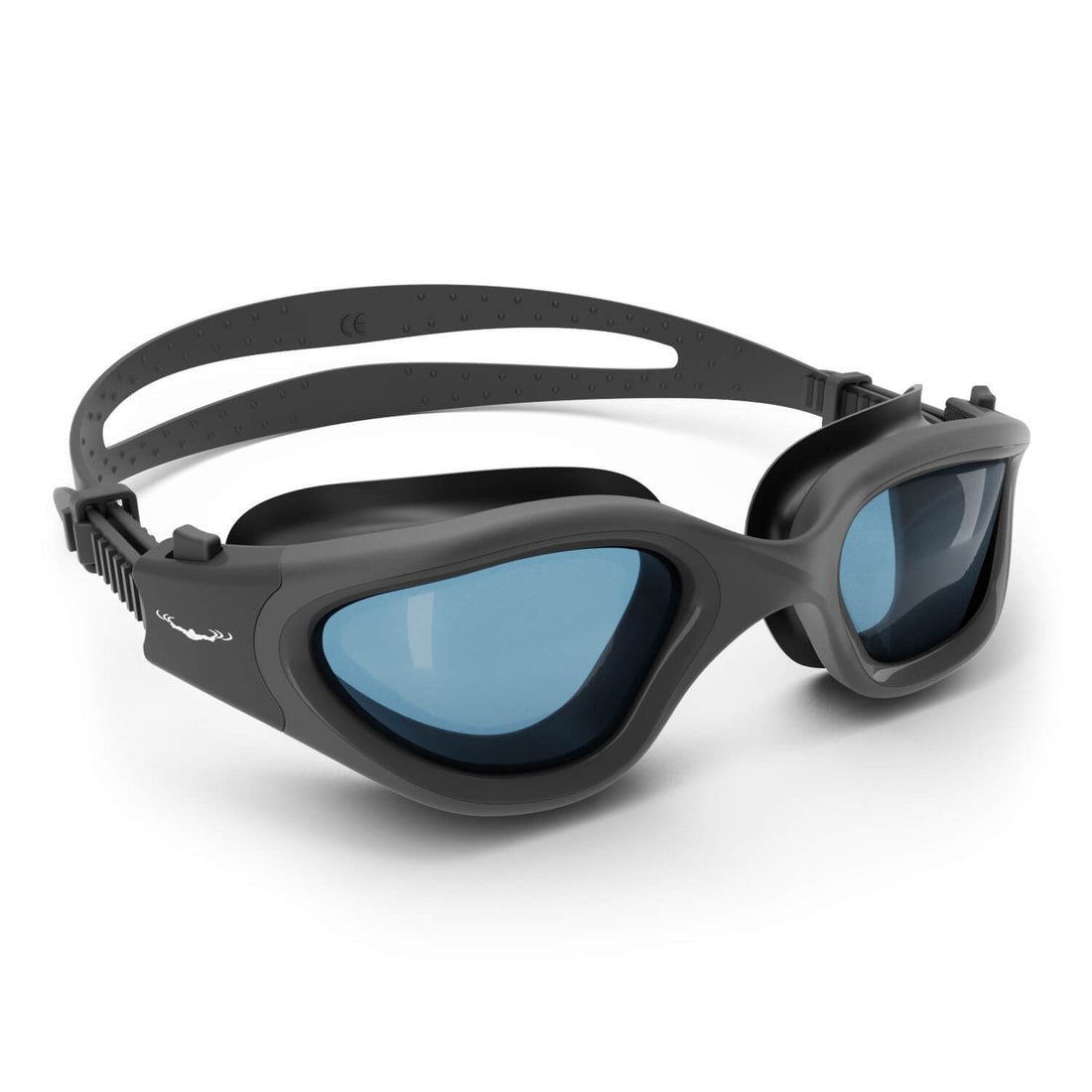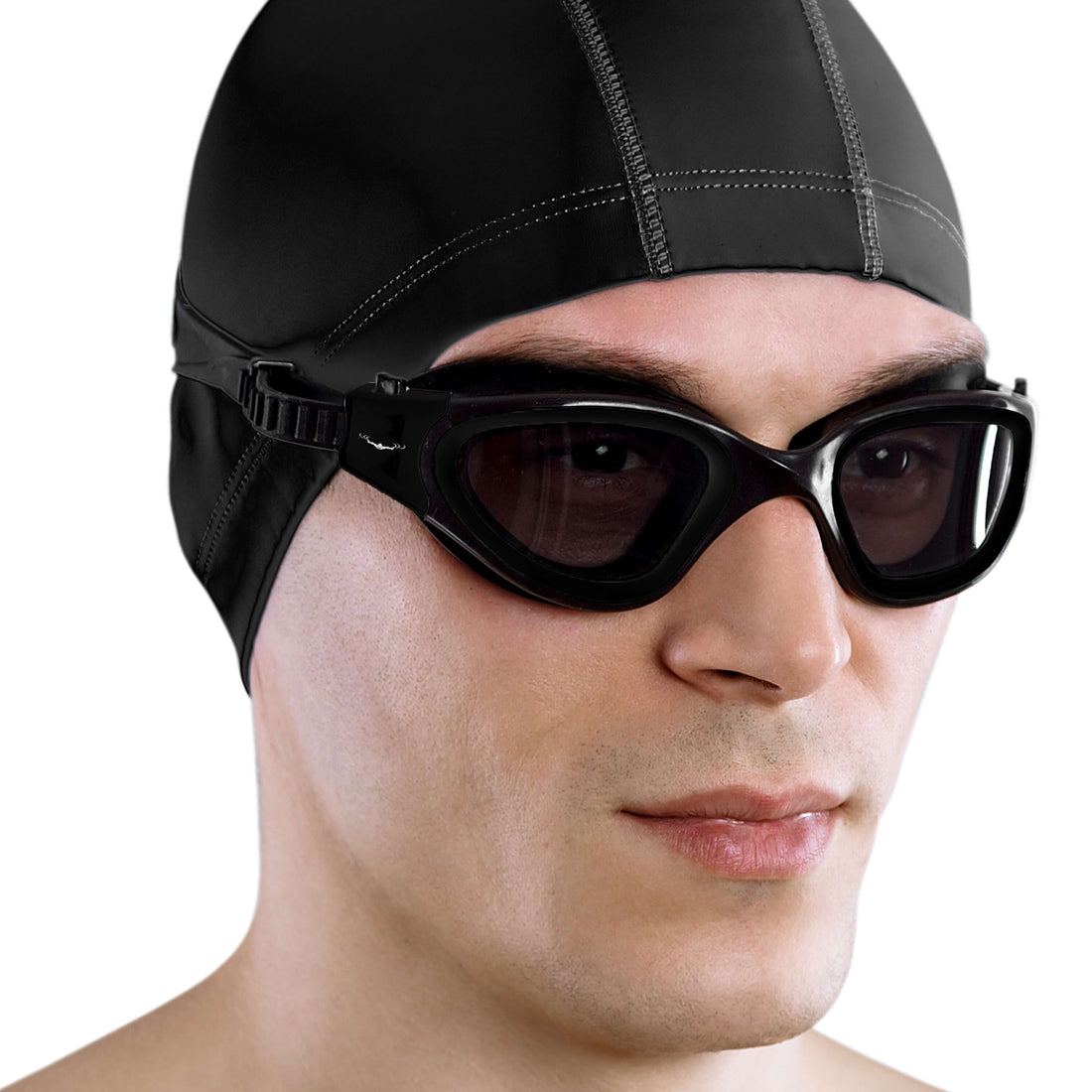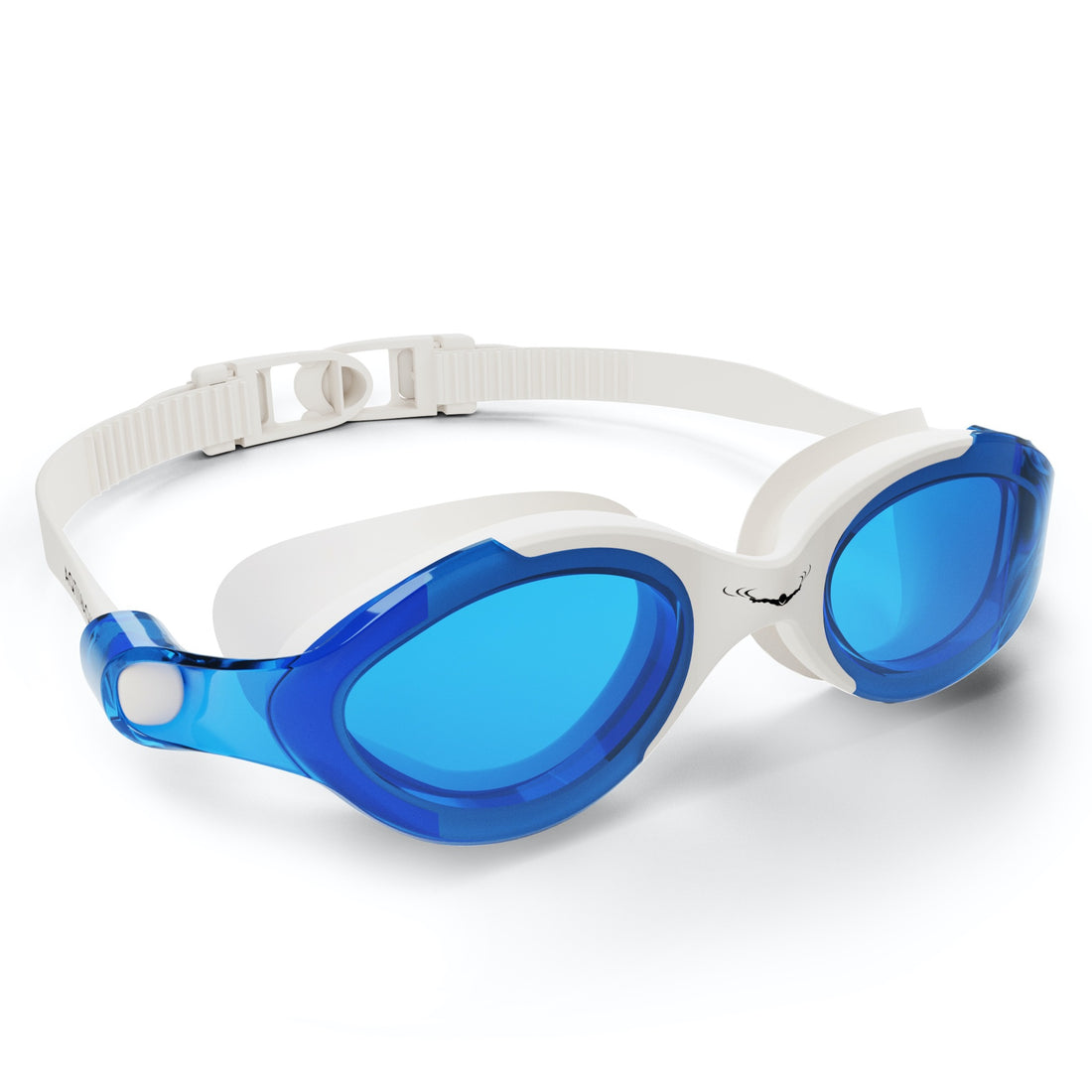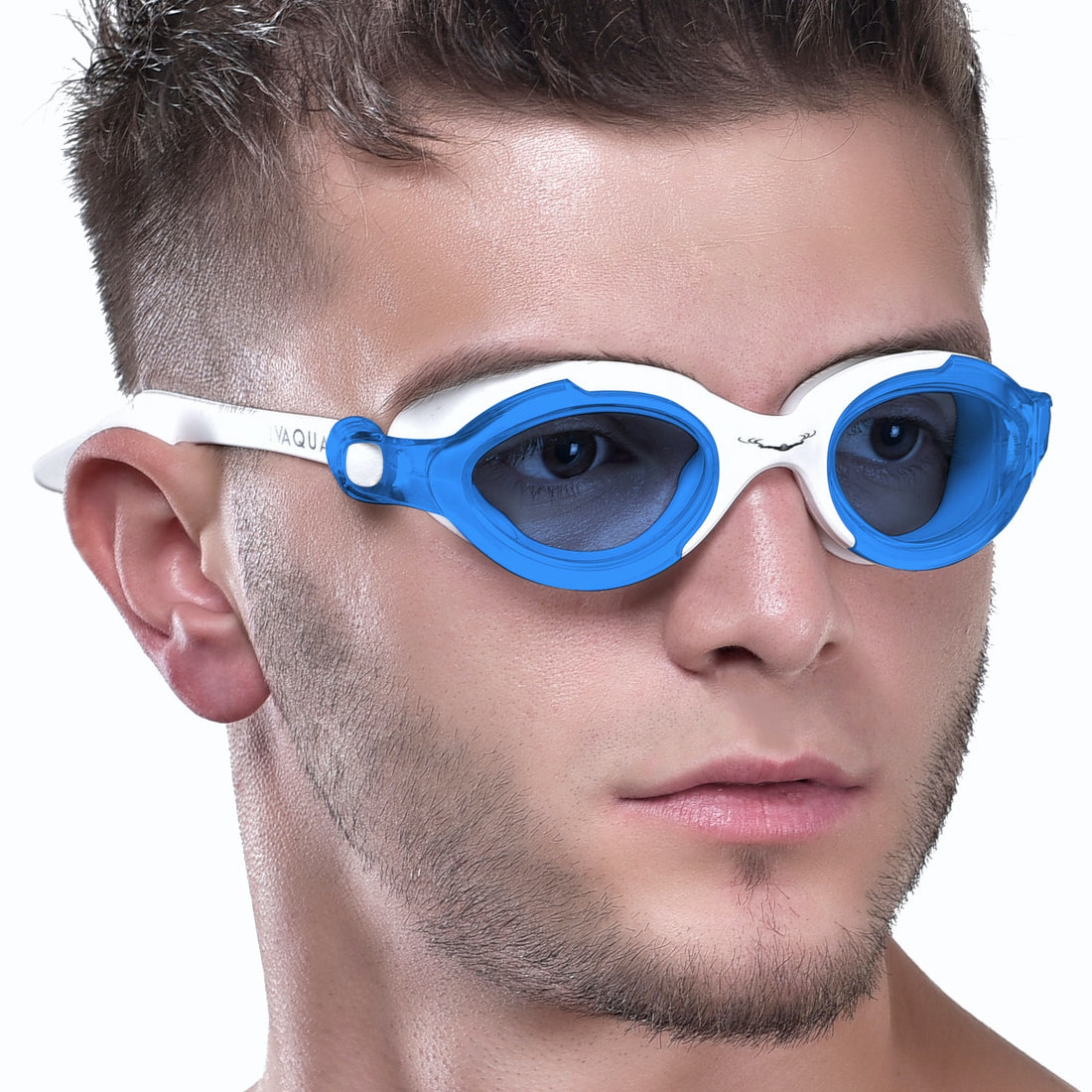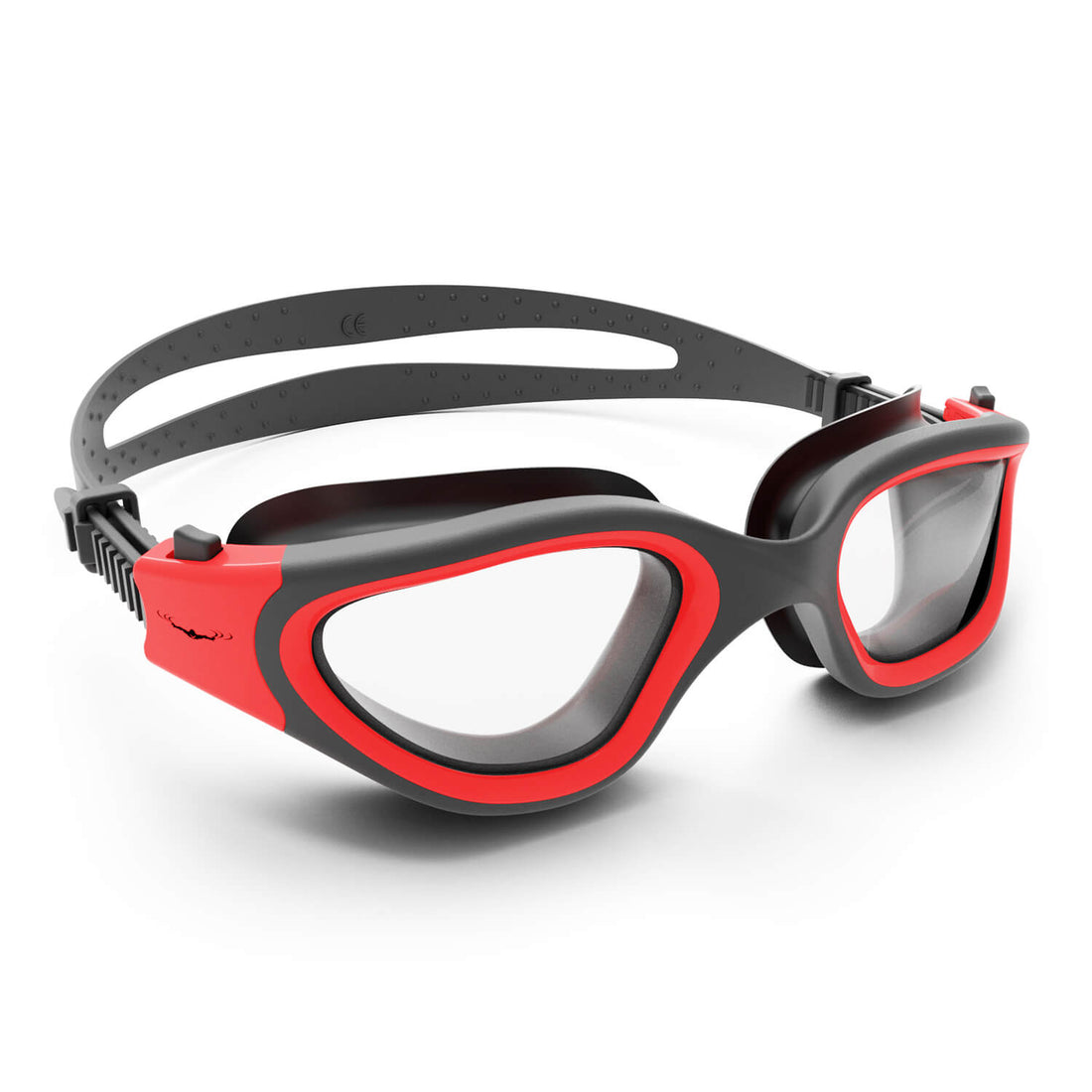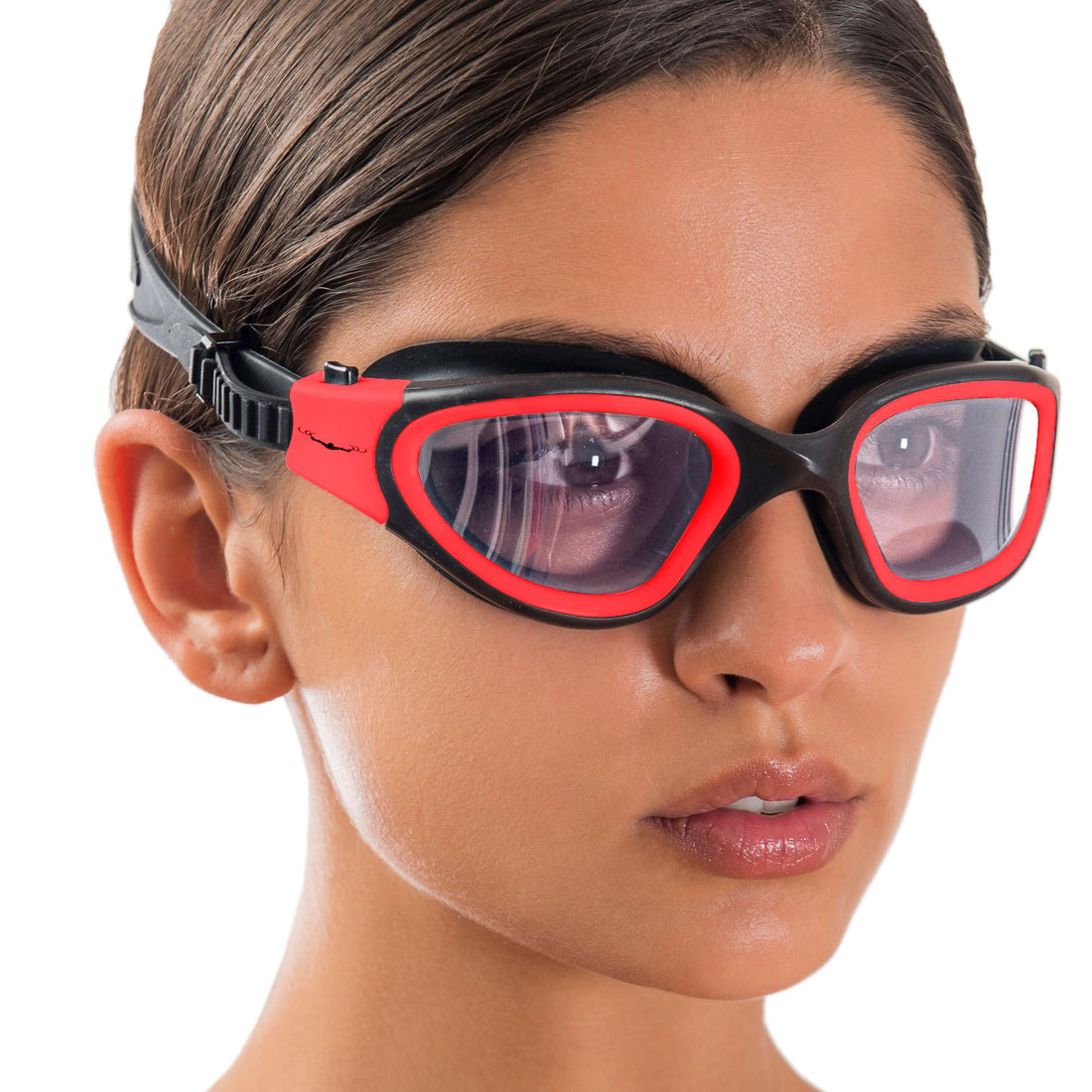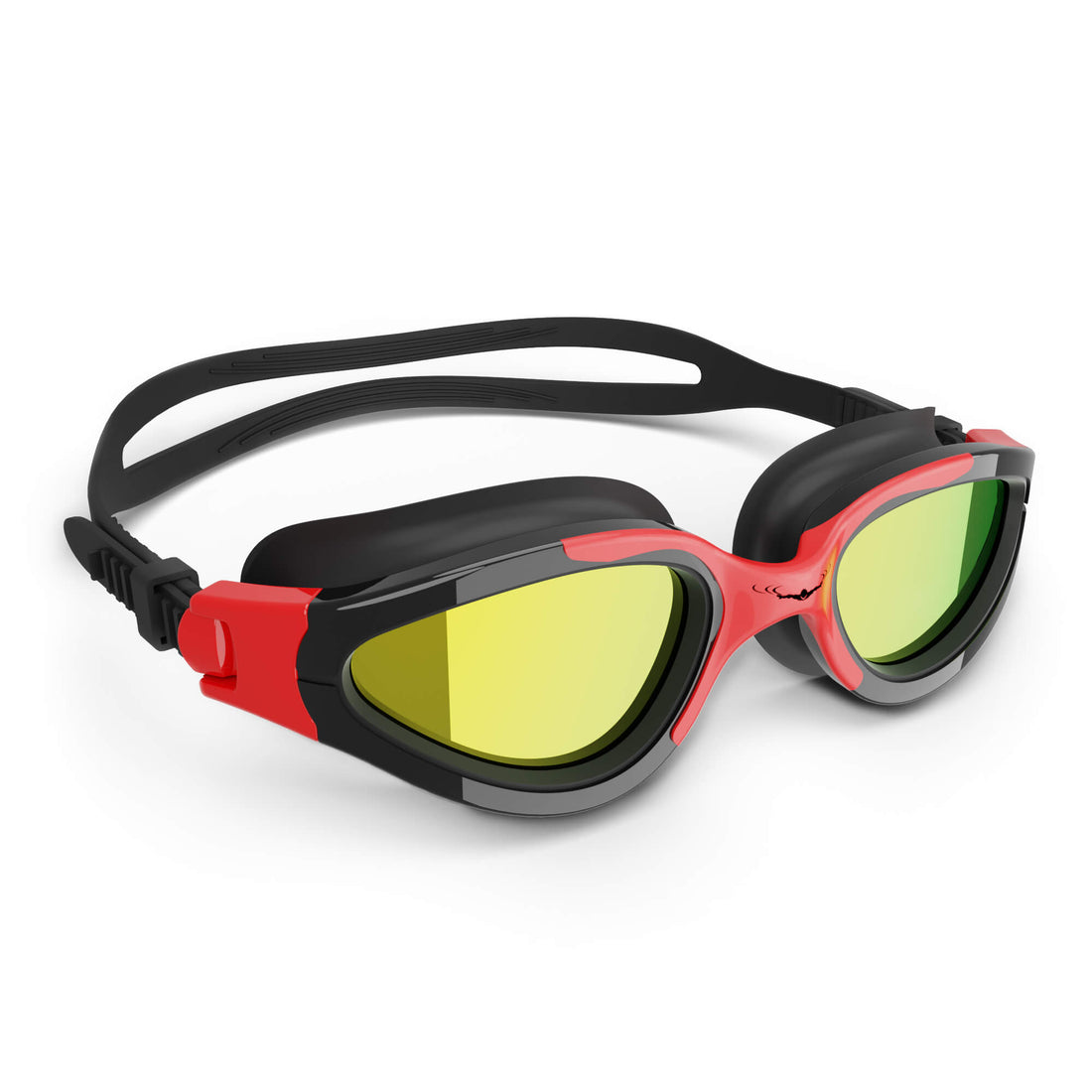Frequently Asked Questions
1. Why is it important for kids to learn how to swim?
2. What should I do to prepare my child for swimming lessons?
3. What are some steps to teach my child to swim?
4. How can I make swimming lessons fun for my child?
5. How can I help my child overcome fears related to swimming?
Teaching your child to swim is one of the most rewarding gifts you can give them. Not only does swimming offer a fantastic way to enjoy summertime, but it also promotes safety around water. This step-by-step guide will help you navigate the process of teaching your child how to swim effectively while ensuring that they feel comfortable and confident in the water. Let’s dive in!
Why Swimming is Essential for Kids
Learning how to swim has multiple benefits for kids. Here are some reasons why teaching your child to swim is crucial:
- Safety: Drowning is a leading cause of accidental death in children. Knowing how to swim can save lives.
- Confidence: Swimming boosts a child's self-esteem and confidence, helping them feel more accomplished.
- Fitness: Swimming is a full-body workout that enhances physical health and coordination.
- Fun: Swimming is an enjoyable activity that kids can do alone or with friends and family.
Preparing for Swimming Lessons
1. Safety First
Before you even step foot by the pool, ensure the environment is safe. Always supervise your child when they are in or around water, regardless of their swimming skills. It’s wise to establish clear rules about swimming and water safety—no running, no diving in shallow areas, and always have an adult present.
2. Gear Up for Success
Having the right gear can make the experience much more enjoyable for your child. Make sure to invest in a good pair of kids swim goggles that fit your child's face well, as they will help keep their eyes protected from chlorine and improve visibility underwater. Additionally, consider swim caps, floatation devices, and comfortable swimwear for a positive experience.
Step-by-Step Guide to Teaching Your Child to Swim
Step 1: Introduce Them to Water
Before actual swimming lessons begin, familiarize your child with the water. Start in a shallow area where they can stand comfortably. Let them splash around and get used to the sensation of being in the water. You can make this fun by playing games or using toys that float. The key is to make the child feel secure and unafraid.
Step 2: Teach Floating Techniques
Once your child is comfortable in the shallow water, you can begin teaching them how to float. Here are the floating techniques to focus on:
- Back Float: Encourage your child to lie back in the water, using their arms and legs to maintain balance. You can support them at first until they're comfortable doing it on their own.
- Front Float: Have your child take a deep breath and extend their body into the water face down, while you support them at their hips. Remind them to keep their body relaxed and flat.
Step 3: Breathing Techniques
Breath control is essential for swimming. Teach your child how to go underwater while holding their breath, and then allow them to come up for air. To practice this, engage in playful activities such as counting while submerged and encouraging them to blow bubbles. This will help them feel more at ease when it's time to swim.
Step 4: Kicking Drills
Once your child has mastered floating and breathing, it’s time to introduce kicking. Hold onto the edge of the pool and encourage your child to kick their legs while holding onto a kickboard. You can also use a gentle push to help them feel the propulsion created by their legs. Focus on consistent, rhythmic kicking.
Step 5: Arm Movements
Next, introduce arm movements. You can start with simple paddle strokes. Demonstrate the movements, and let your child mimic you. A good way to practice is by encouraging them to “reach” for objects in the water using their arms. You can even make it a game by throwing floating toys they need to swim towards and reach.
Fun Activities to Reinforce Skills
Adding fun and engaging activities will make swimming lessons more enjoyable for your child. Here are some activities that can help reinforce swimming skills:
- Water Games: Play games such as “Sharks and Minnows” or “Treasure Dive” to encourage swimming in a playful way.
- Obstacle Courses: Set up a small obstacle course using pool noodles and floating toys. Have your child practice swimming through the course while navigating the obstacles.
Choosing the Right Swimming Goggles
Investing in high-quality swimming goggles can make a huge difference in your child’s swimming experience. Please note the following when selecting goggles:
- Comfort: Ensure the goggles fit snugly without being too tight. They should not leave marks on the face.
- Anti-Fog: Look for goggles with anti-fog features to ensure your child can see clearly while swimming.
- UV Protection: If swimming outdoors, select goggles that offer UV protection to shield their eyes.
Encouraging Independence in the Water
As your child becomes more confident in the water, encourage them to practice swimming independently. Start by setting small goals, such as swimming short distances alone while you remain close by. Gradually increase the distance as they improve. Always ensure you are in the pool area to provide immediate support if necessary.
Handling Fears and Anxieties
It’s not unusual for some kids to feel anxious about swimming. Here are some strategies to help overcome these fears:
- Be Patient: Allow your child to progress at their own pace. Don’t rush them into deep water before they are ready.
- Positive Reinforcement: Celebrate small successes and encourage your child with praise when they overcome a hurdle.
- Talk It Out: Listen to your child’s fears and concerns, and reassure them that it’s okay to have these feelings.
Make It a Family Activity
Swimming can be much more enjoyable when it’s a family affair. Make regular trips to the pool or beach, and incorporate swimming activities into family outings. This not only reinforces the skills your child is learning but also builds positive memories and experiences in the water. It also shows them that swimming is a fun, engaging activity.
Final Splash: Keeping the Love for Swimming Alive
As your child becomes more proficient in swimming, it’s essential to keep the passion for this vital life skill alive. Encourage them to join swim teams or participate in community swim programs to develop their skills further. Continuously support their interests related to swimming and keep those fun family outings going. By creating positive associations with the water, you'll help your child become a competent, confident swimmer for life!
With these steps, resources, and a positive attitude, you can provide your child with a gift that lasts a lifetime—confidence in the water. Start swim education early and watch as your child transforms into a swimming whiz, both enjoying the coolness of the water and developing an essential skill that contributes to their safety.
Linked Product
DX-MINI Kids Swim Goggles
The DX-MINI Kids Swim Goggles are designed to enhance your child's swimming experience by providing clear vision underwater. With impact-resistant polycarbonate lenses featuring an anti-fog coating and 100% UV protection, these goggles ensure safety and comfort during swim lessons. They are an excellent tool to help children feel more confident and focused while learning to swim.
View Product


